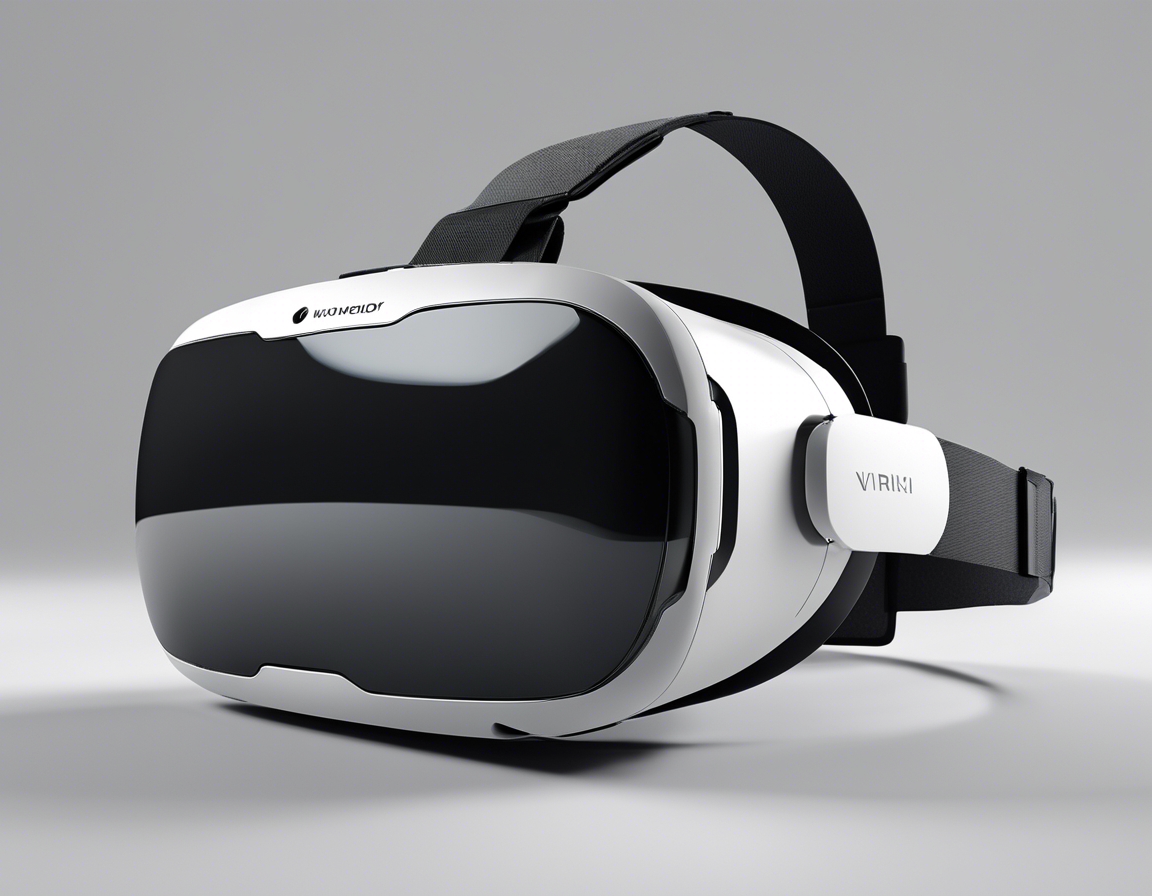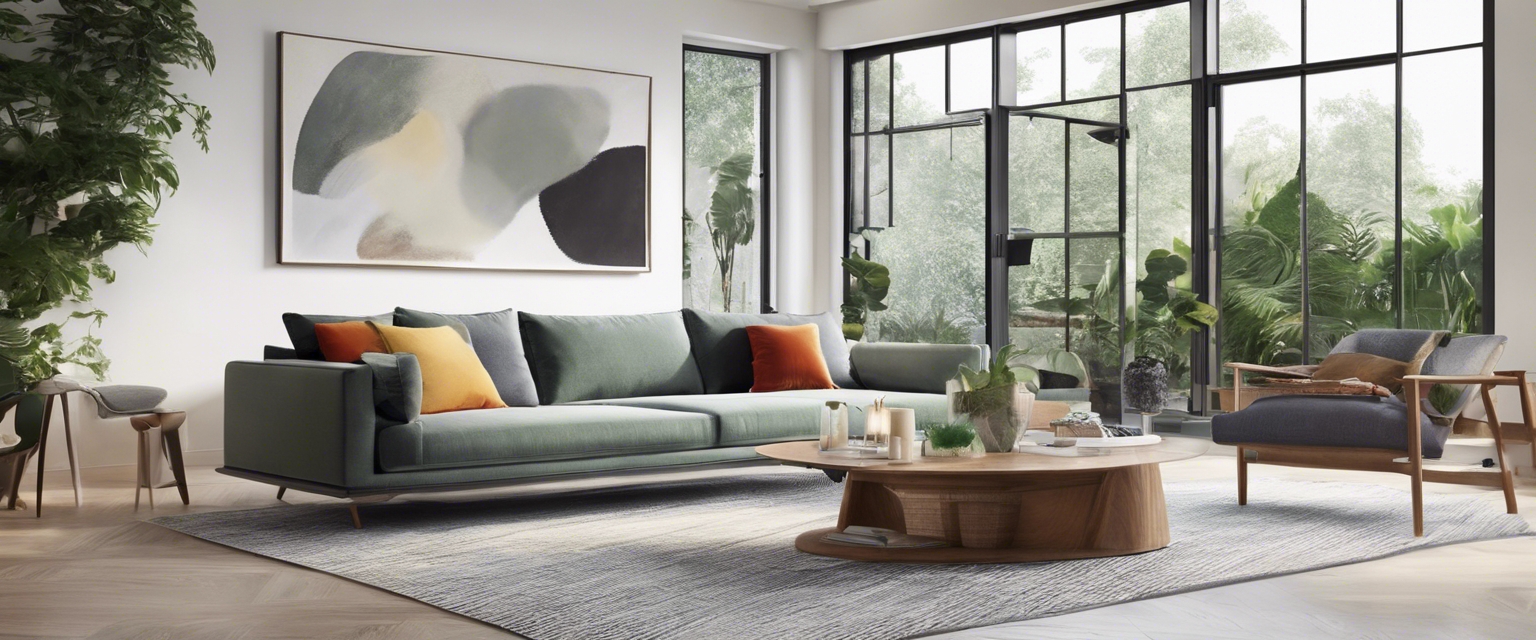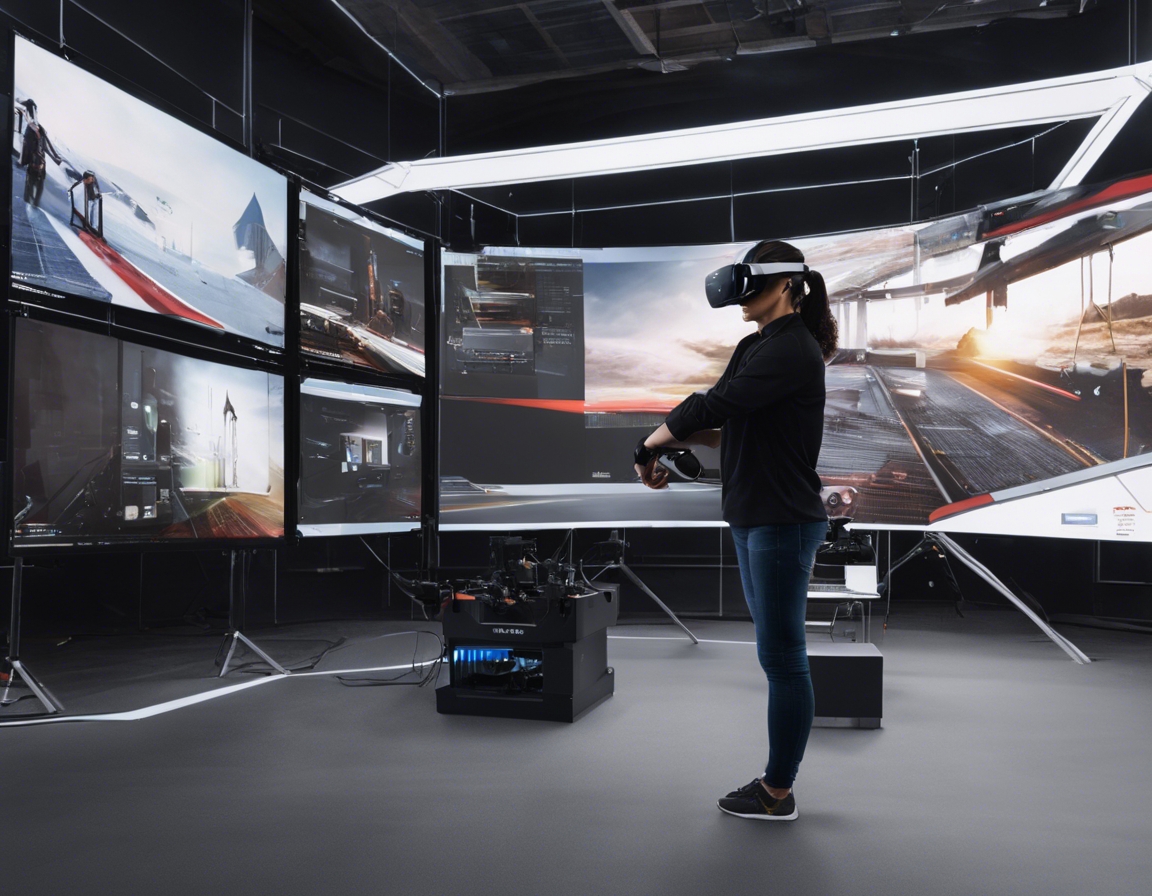Creating emotional impact with interior imagery
Interior design is not just about creating a space that is aesthetically pleasing; it's about crafting environments that evoke emotions and create lasting impressions. The imagery used to convey interior designs plays a crucial role in capturing the essence of a space and the feelings it aims to invoke.
Every element within an interior from color to texture, lighting to layout, contributes to the psychological experience of the space. Understanding these elements and their impact on human emotion is key to creating imagery that resonates on a deeper level.
Strategies for Crafting Emotionally Impactful Interiors
Colors have the power to influence mood and emotion. Selecting the right color palette is essential in setting the tone of the interior imagery and ensuring it aligns with the desired emotional response.
Lighting can dramatically alter the mood of a space. Strategic use of light and shadow in interior imagery can guide the viewer's emotions, creating a sense of warmth, comfort, or dynamism as required.
Textures and materials can add depth and character to interior imagery. They engage the senses beyond the visual, suggesting touch and even sound, which contributes to the overall emotional impact.
The arrangement of space within interior imagery tells a story. It guides the viewer through the environment, creating a narrative that can elicit specific emotions and reactions.
Technological Advances in Interior Visualization
3D rendering technology has revolutionized the way interior spaces are visualized. It allows for the creation of highly detailed and emotionally compelling imagery that can convey the designer's vision with precision.
Virtual reality offers an immersive experience that can transport clients into the envisioned space, allowing them to feel the emotional impact of the design firsthand.
Augmented reality merges the real and the imagined, enabling clients to see the potential of a space overlaid with the proposed design elements, thereby enhancing the emotional connection.
Best Practices for Presenting Interior Imagery to Clients
Successful interior imagery begins with a deep understanding of the client's needs and preferences. This ensures that the emotional tone of the imagery aligns with their vision and expectations.
Visual storytelling is a powerful tool in interior design. Crafting a compelling narrative through imagery can captivate clients and make the design proposal more persuasive.
Incorporating interactive elements into presentations of interior imagery can engage clients more deeply, allowing them to explore and connect with the design on an emotional level.






Comments (0)